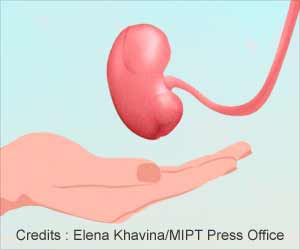Community outreach clinics and associated promotions aimed at nonpaying patients act as advertising that attracts paying patients as well.

‘Clinics influence poor patients within a geographical distance of five miles and for three weeks, whereas they influence paying patients within a distance of 10 miles and for five weeks.’





The study, led by Sachin Gupta, the Henrietta Johnson Louis Professor of Management, found that community outreach clinics and associated promotions aimed at nonpaying patients act as advertising that attracts paying patients as well. “This research says that the marketing and staffing of outreach clinics pays for itself, which really encourages doing more of them – or at least encourages administrators not to be concerned that marketing the clinics is a pure cost activity,” Gupta said. “There are dollars flowing from the mission side to the revenue side, which have been largely ignored.”
Gupta and his colleagues studied nine years of data from the Aravind Eye Hospital in Pondicherry, India. One of the world’s largest eye care organizations, Aravind has developed an extensive community outreach system including eye screenings at temporary clinics and mobile units, promoted through means including posters, billboards and referrals through community leaders.
When Aravind was created in 1976, Thulasiraj Ravilla, a founding member and a co-author on the study, noticed an interesting pattern. After an outreach clinic took place in a particular village, an influx of paying patients from that village flowed in to the main hospital two months later – even though Aravind hadn’t specifically targeted them as patients.
Gupta noticed the dynamic, too, when he read about Aravind. “Everything I study in the marketing world says you have to spend money, on advertising or a sales force, to generate demand,” he said. “In this case, we knew Aravind spent no money in marketing to the paying patients. And that just seemed unusual. Why are those patients coming?”
Advertisement
Health care nonprofits that ignore the revenue stream flowing from the mission side of operations risk not investing enough in it, he added. “The model of cross-subsidizing is more sustainable than was previously thought.”
Advertisement
Source-Newswise

![HL7 [Health Level 7]-Current Scenario-Standards-Benefits HL7 [Health Level 7]-Current Scenario-Standards-Benefits](https://images.medindia.net/patientinfo/120_100/HL7.jpg)









